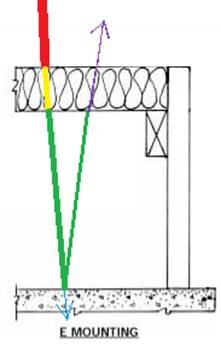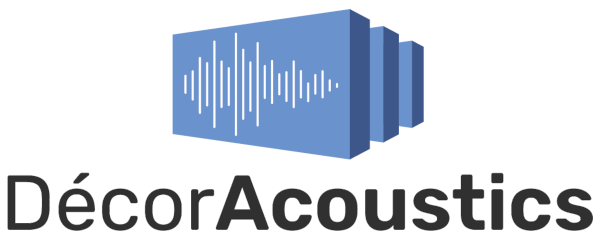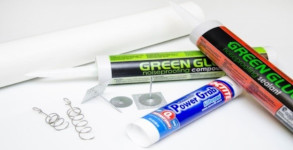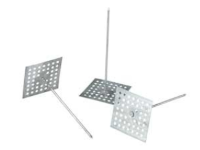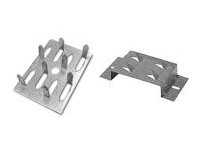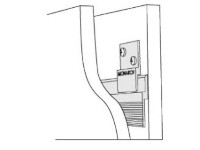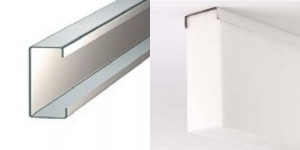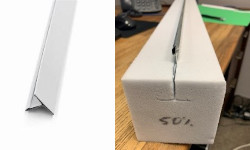About Acoustifoam™ – the Material
Décor Acoustics is proud to offer products made from Acoustifoam™, a flexible, open-cell thermoset polymer from Germany. Not only is the Acoustifoam lightweight and easy to install, but it provides unmatched acoustic value, while also inherently having a Class “A” fire rating (without adding additional additives).
Processed into large blocks that are then cut or cnc’ed into the desired shape/pattern, Acoustifoam is the ideal element for absorbing sound within spaces. Created in a natural white color, Acoustifoam can also be custom colorized via our Pantone Custom Coloring (PCC), wherein we use a proprietary non-bridged paint formulation to ‘custom color’ per our clients’ desires.
Acoustifoam provides acoustic excellence, both in shape and in colorways, that enables you to put your ‘design’ signature on the space.
What is Acoustifoam™?
Acoustifoam is an ultralight, fiber-free open cell foam, that excels with absorbing sound. Developed in Germany, it is non-fibrous, itch-free, and naturally (without additives) achieves a Class ‘A’ for fire (ASTM E84). It’s low thermal conductivity and superior thermal insulation properties make it one of the best acoustically absorptive materials available. It is flexible, easy to shape, and can easily be colored (any color can be specified) with our Pantone Custom Coloring (PCC) without any acoustic degradation.
Acoustifoam comes in Flat Panels (which can be mounted directly to a wall/ceiling or hung vertically as a baffle), decorative Tiles (an amazing offering of 10 CNC’ed shapes), Baffles (sinuous and cylindrical versions), and Ceiling Tiles (either for Direct glue applications or installing within a grid).
NRC and Sound Absorption Co-Efficient
Acoustifoam excel with NRC and sound absorption. The Sound absorption coefficient is the ratio of absorbed vs reflected energy, effectively the incident sound that strikes a material and is not reflected back. That absorbed acoustic energy turns to heat on a microscopic level. Sound Absorption coefficient is reflected in the materials’ NRC rating (or results). The NRC test (ASTM C423) analyzes a material at 6 different frequencies: 125Hz, 250Hz, 500Hz, 1000Hz, 2000Hz and 4000Hz, though creates an average based on the 250-2000 Hz range, which effectively creating an overall value (a summation if you will) of the materials’ sound absorption properties.
Here are the sound absorption ratings and NRC of the Acoustifoam at standard thicknesses:
| Thickness | 125 Hz | 250 Hz | 500 Hz | 1000 Hz | 2000 Hz | 4000 Hz | NRC |
| 1.5″ | 0.17 | 0.28 | 0.84 | 0.99 | 1.03 | 1.01 | 0.90 |
| 2.0″ | 0.23 | 0.48 | 1.08 | 1.19 | 1.16 | 1.11 | 1.00 |
| 3.0″ | 0.45 | 0.87 | 1.26 | 1.07 | 1.06 | 1.10 | 1.05 |
| Thickness | 1.5″ | 2.0″ | 3.0″ |
| 125 Hz | 0.17 | 0.23 | 0.45 |
| 250 Hz | 0.28 | 0.48 | 0.87 |
| 500 Hz | 0.84 | 1.08 | 1.26 |
| 1000 Hz | 0.99 | 1.19 | 1.07 |
| 2000 Hz | 1.03 | 1.16 | 1.06 |
| 4000 Hz | 1.01 | 1.11 | 1.1 |
| NRC | 0.9 | 1 | 1.05 |
Installation
Adhesive
Velcro
Mounting Pins
Impaling Clips
Z-Clips
“C” Channel
“T” Bar
Though it is possible to paint the Acoustifoam onsite, and after installation, to preserve the acoustic properties of the product, an accepted non-bridging paint must be used (and applied to spec.). The simplest method of coloring is to either select one of the 10 standard colors (no minimum required), or opt for Pantone Custom Coloring (PCC), where the factory-applied color is designated by Pantone code (quantity minimums apply).
Type “A” vs. “E” Installation Method
Type “A” mounting involves mounting the Acoustifoam directly to the surface (ie: with no gaps, and no additional material laminated into the assembly). The Décor panel will then intake incident sound waves, which will break down as they pass through the foam until the hit the hard surface, bounce off of it, and whatever sound is left will escape in a lessened form. In the sketch below, the RED line signifies noise entering the material, with the BLUE line being the force that is transferred into the testing surface when the noise reaches it, and then the thin red line being the sound leaving the material (assuming the NRC is below 1.0).
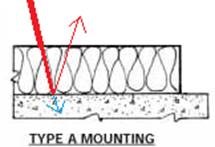
Type “E” mounting involves leaving a gap between the acoustic material and the hard surface or substrate. The noise enters the acoustic material (RED line), breaks down going through the material (YELLOW line, and then exists and decays (GREEN lines). The BLUE line shows the impact force going into the substrate), and the Purple Line shows the sound re-entering the acoustic material before it finally exits.
The Type “E” method will always result in an higher NRC value (when compared to Type “A”), due to the fact that there is an extra stage of decay between the impact and the absorption when the noise passes through the foam on its way back to the source of the noise.
